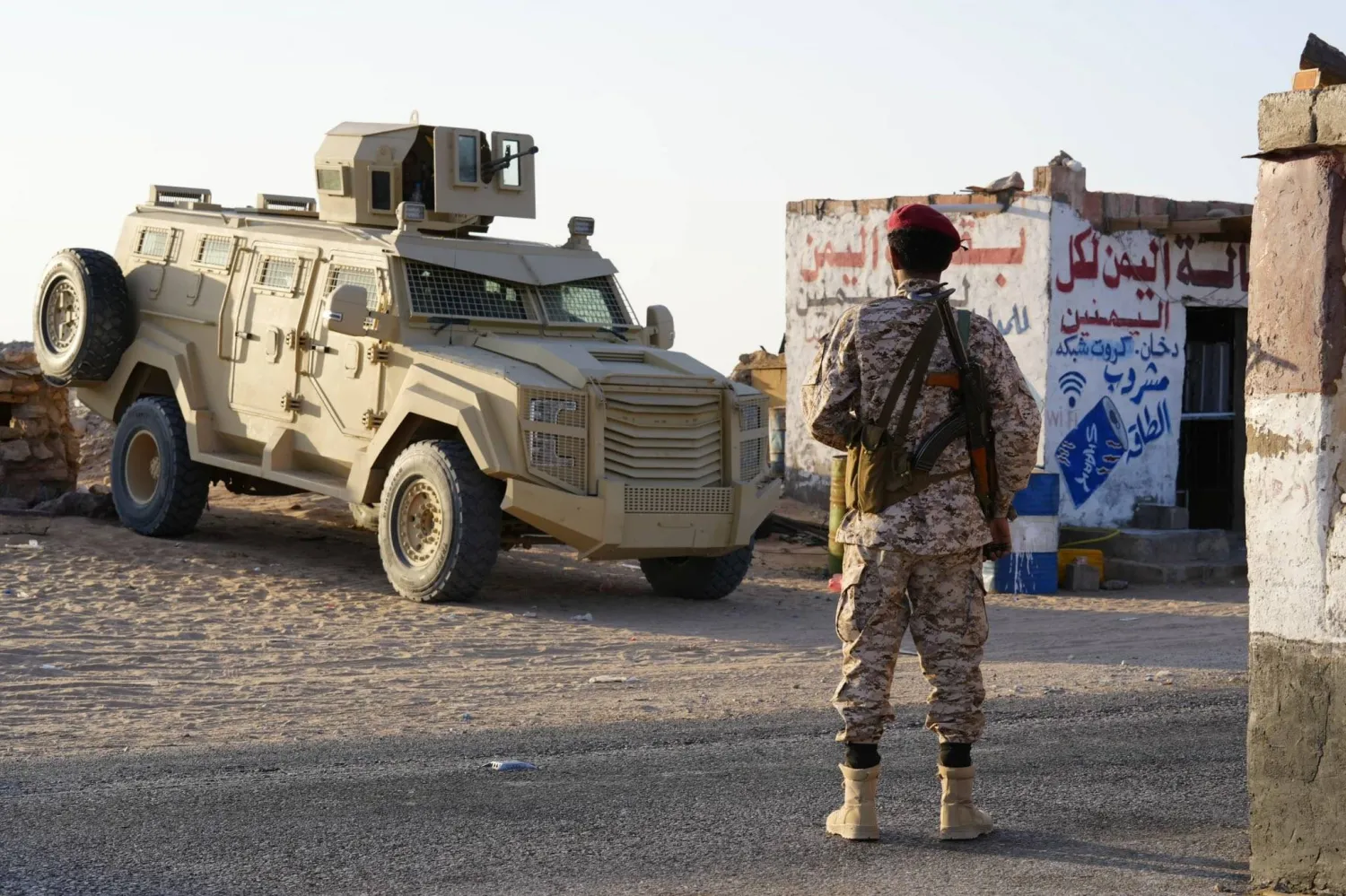Turkish President Recep Tayyip Erdogan and his Syrian counterpart, Bashar Assad, could meet at the Kasab border crossing next month, the pro-government Türkiye newspaper reported on Saturday.
Russian Foreign Intelligence Chief Sergey Naryshkin and chief of Turkish intelligence Ibrahim Kalin agreed on the plan during a meeting they held in Ankara a few days ago, the newspaper said citing sources familiar with the issue.
Intelligence authorities involved in the potential rapprochement between Ankara and Damascus also held three meetings last June to prepare for the Erdogan-Assad talks, it said.
The Kasab border crossing hosted a meeting of Turkish and Syrian intelligence officials about three years ago when Russia triggered the normalization process between Ankara and Damascus.
The Türkiye newspaper, citing its sources, said Erdogan and Assad were initially supposed to meet in Baghdad, but Ankara is now considering the option of holding the summit at the Kasab crossing.
It added that following talks between Assad and Russian President Vladimir Putin in Moscow last Wednesday, reports said the Assad-Erdogan meeting could be held in Moscow. But diplomatic sources were quick to deny it.
Last Tuesday, Türkiye’s Daily Sabah newspaper said Erdogan will meet Assad in Moscow next month, but a Turkish diplomatic source refuted the reports.
Spokesman for Türkiye's ruling Justice and Development Party Omer Celik said last Tuesday that preparation is underway for the Erdogan-Assad meeting.
Speaking after a meeting of the Party chaired by Erdogan, he said the Turkish and Syrian intelligence services held meetings at different times to prepare the necessary dossier related to the Ankara-Damascus relations.
Celik explained that the Turkish Foreign and Defense ministries will then provide their recommendations based on this preparation.
Following this stage, the file will be presented to the Turkish and Syrian Presidents, and Erdogan will then invite Assad to meet.
Turkish media reported that a plane carrying Naryshkin arrived at Ankara Esenboga International Airport last Wednesday, coinciding with the Putin-Assad meeting in Moscow.
Security experts said a Special Flight Detachment aircraft, thought to be carrying Naryshkin, traveled from Moscow to Ankara.
The Türkiye newspaper said the meeting held between Kalin and Naryshkin was decisive in determining the date and place of Erdogan and Assad’s meeting.
Türkiye severed ties with Syria in 2011 after the outbreak of the Syrian civil war, in which it supported the opposition looking to oust Assad. The Syrian leader views opposition fighters as terrorists.









